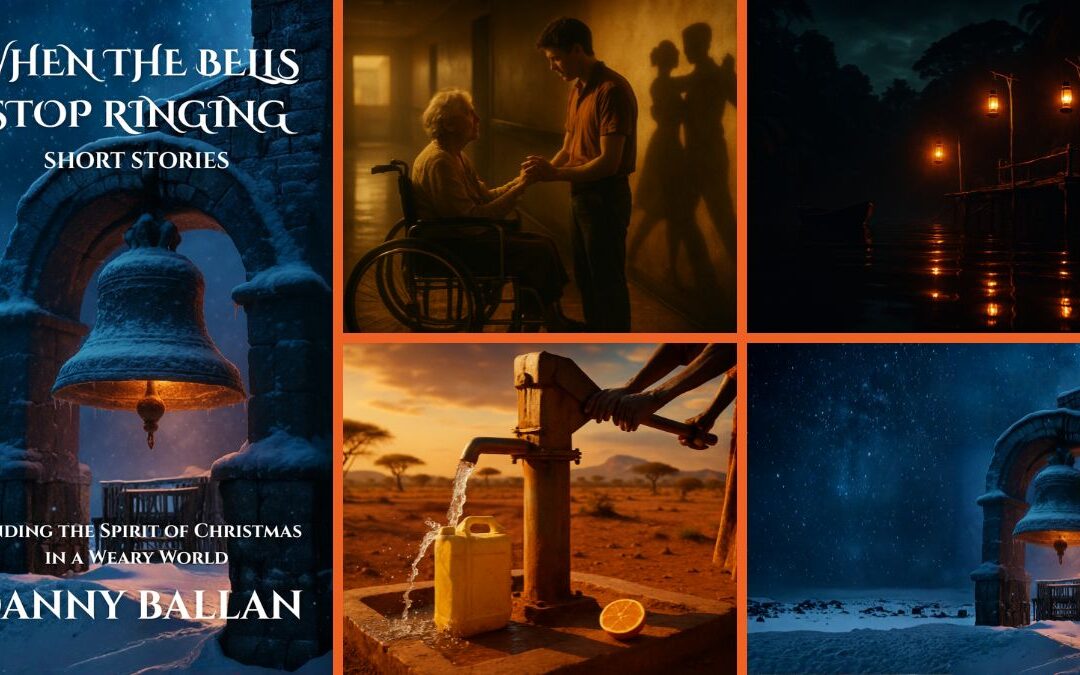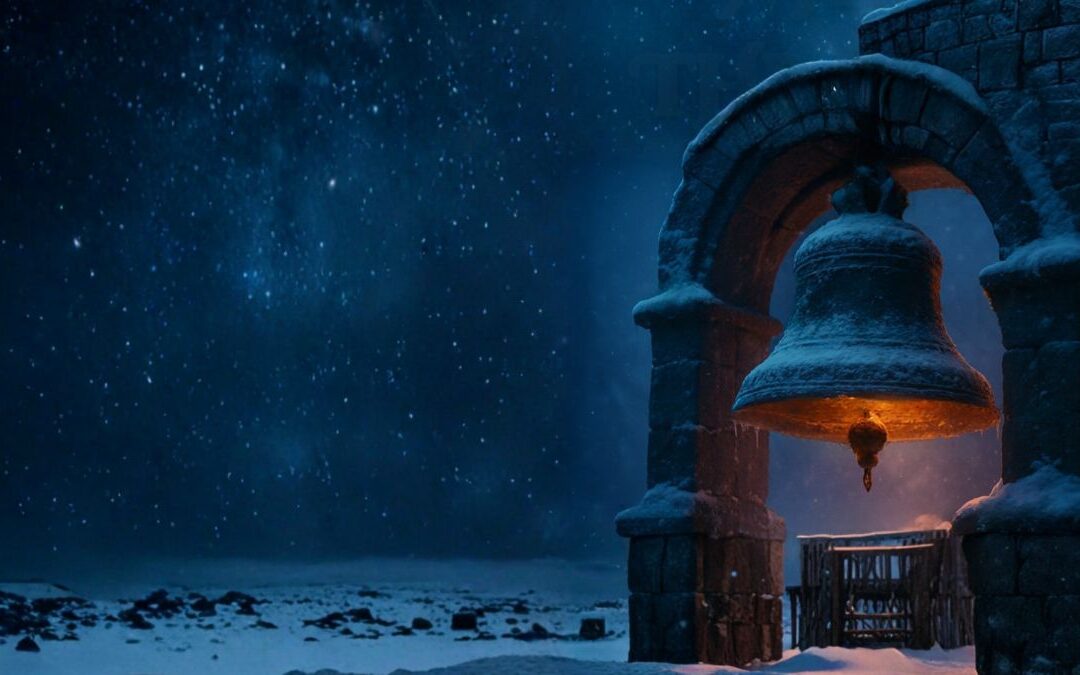- The Silk Road: Ancient Superhighway of Goods and Ideas
- Keywords:
- Key Takeaways:
- Frequently Asked Questions (FAQs):
- What were some specific goods, other than silk, that were traded on the Silk Road?
- How did the Silk Road influence the spread of religions?
- What was the role of cities and empires along the Silk Road in facilitating trade?
- Were there any significant technological innovations resulting from interactions on the Silk Road?
- How did the Silk Road impact cuisine globally?
- Why did the Chinese initially have a monopoly on silk production?
- How did the Silk Road affect the economies of the involved countries?
- Did the Silk Road have a uniform structure or governance?
- What led to the decline and eventual disappearance of the Silk Road?
- How has the legacy of the Silk Road influenced modern international trade and relations?
- Myth Buster:
- Myth: The Silk Road was a single, well-defined path.
- Myth: Silk was the only commodity traded.
- Myth: The Silk Road only connected China and Rome.
- Myth: The Silk Road was primarily about economic trade.
- Myth: The journey along the Silk Road was glamorous and adventurous.
- Myth: Marco Polo discovered the Silk Road.
- Myth: The East and West had no contact before the Silk Road.
- Myth: The decline of the Silk Road marked the end of East-West interactions.
- Myth: The Chinese were solely responsible for silk production.
- Myth: The Silk Road was only operational during ancient times.
The Silk Road: Ancient Superhighway of Goods and Ideas
There was a time, long before airplanes painted white streaks across the sky and ships as large as cities skimmed across the oceans, when the world seemed infinitely vast and insurmountably divided. A time when the secrets of the East were as enigmatic to the West as the distant stars that graced the night sky. In this time of mystery and isolation, a winding path emerged from the mountains, deserts, and plains – the fabled Silk Road, not just a trail of dirt and stone but a highway where civilizations met, a tapestry where ideas and goods, empires and cultures, were woven into the rich fabric of global history.
It began, as many stories of old do, with whispers and wonders of far-off lands. Somewhere in the bustling markets of Rome, a silk garment, as fine as the wings of a butterfly, ignited the imagination of an entire civilization. A fabric so divine, it could have only been spun by the goddesses themselves. But alas, the secret lay in the mysterious East, in the hands of the enigmatic Chinese, who, guarded the art of silk-making as fiercely as the dragons of their myths guarded treasures.
And so, a pathway emerged, threading through the formidable mountains of Persia, the scorching deserts of Arabia, and the frigid steppes of Central Asia. The Silk Road was more than a trade route; it was a bridge of cultures, a mingling of civilizations, and a testament to the indomitable human spirit, for where there’s a will, there’s a way – or in this case, a 4,000-mile superhighway.
The merchants and travellers, the unsung heroes of this tale, embarked on journeys so perilous, they would make our modern-day sojourns seem like a walk in the park. Oh, if only they had frequent flyer miles for every sand dune crossed and mountain scaled!
In these grand caravans, silk wasn’t the only prized possession. The East enchanted the West with spices that ignited the senses, paper that would record the wisdom of ages, and the compass – a device that seemed imbued with magic, pointing steadfastly to the north. The West, in return, offered gold, wool, and the intoxicating allure of wine, a beverage that likely led to more than a few impromptu celebrations under the starlit skies.
Yet, amidst the commerce and trade, another invisible, yet profound exchange was taking place. Ideas, like silent whispers, flowed freely along the Silk Road. Buddhism found its way from the Indian subcontinent to the very heart of China. The Middle East marveled at the mathematical genius of India. The mystique of Persian art and culture seeped into the realms of China, India, and beyond. It was a dance of civilizations, a ballet of ideas that enriched the human story in ways that are still unraveling.
An air of romance and danger perpetually lingered over the Silk Road. It was a path where the indomitable Marco Polo might have traded tales with enigmatic travelers from the Orient. Every caravan that successfully maneuvered the treacherous terrains, combating bandits and the wrath of nature, bore tales of unimaginable courage and the alluring charm of the mystical East.
Yet, no epic saga is complete without its twilight, and the grandeur of the Silk Road dimmed with the passage of time. As the oceans became the new highways of trade and the discovery of the New World shifted the axis of commerce, the Silk Road, with its camel caravans and starlit nights, receded into the annals of history. A poignant reminder that nothing, not even the grandest of empires or the most majestic of trade routes, is immune to the sands of time.
Yet here we are, centuries later, still spinning tales of this legendary route. The Silk Road, though now a whisper of an era long past, has left an indelible imprint on the tapestry of human civilization. In its intricate weave of cultures and ideas, empires, and economies, we find the reflection of our inherent interconnectedness, a testament to a time when a thread of silk wove a bond between the East and the West, as enduring as the tales of the enigmatic road itself.
As modern wanderers, we walk amidst the silent echoes of a world connected not by the virtual threads of the internet, but by the tangible threads of silk, spices, and the unyielding spirit of human curiosity. The Silk Road isn’t just a chapter in our history books but a reminder of a world where the allure of the mysterious East and the grandeur of the West met under the silent witness of the starry skies, weaving together not just goods, but the inextricable tapestry of human civilization. In this tale of an ancient superhighway, we find not just the journey of goods and ideas but the indomitable journey of humanity through the corridors of time.
Keywords:
- Silk Road: An ancient network of trade routes that connected the East and West, facilitating the exchange of goods, culture, and ideas.
- Silk: A luxurious and highly prized fabric that originated in China, known for its texture and luster.
- Caravans: Groups of merchants or travelers journeying together for safety, especially through deserts and hostile regions.
- Spices: Aromatic and flavorful substances derived from plants, significant in culinary, medical, and ritual uses.
- Compass: A navigational instrument showing directions in a frame of reference, pivotal in marine navigation and overland treks.
- Buddhism: A world religion or philosophy based on the teachings of Buddha, emphasizing meditation and the Middle Path to enlightenment.
- Trade Route: Paths used by merchants and traders to move goods and commodities between different regions or countries.
- Caravan: A group of people, especially traders or pilgrims, traveling together across a desert in Asia or North Africa.
- Marco Polo: A Venetian merchant, explorer, and writer who travelled through Asia along the Silk Road.
- New World: Refers to the Western Hemisphere, particularly the Americas, which were unknown to Europeans before the voyages of Christopher Columbus.
Key Takeaways:
- The Silk Road was a significant ancient trade route connecting the East and West, known for trading silk and other goods.
- It facilitated a profound exchange of not only goods but also culture and ideas, shaping civilizations.
- Despite its associated dangers, including natural disasters and bandits, the Silk Road was crucial for global interaction.
- Many innovations and ideas, including religions, mathematical concepts, and technologies, were transferred along this route.
- The decline of the Silk Road was precipitated by the emergence of ocean trade routes and the discovery of the New World.
Frequently Asked Questions (FAQs):
What were some specific goods, other than silk, that were traded on the Silk Road?
Alongside silk, goods like spices, precious metals, textiles, artwork, and even architectural concepts were exchanged. This trade facilitated a robust and complex global economy, contributing to the wealth and diversity of participating regions.
How did the Silk Road influence the spread of religions?
The Silk Road enabled religious texts, artifacts, and missionaries to traverse vast distances. It was crucial in the spread of Buddhism, Islam, and Christianity, leading to the exchange of religious and philosophical ideas and the establishment of religious institutions across Asia and Europe.
What was the role of cities and empires along the Silk Road in facilitating trade?
Cities and empires established various infrastructure and policies to support and regulate trade, ensuring safety and commercial viability. They built inns, fortifications, and marketplaces, and implemented taxation and legal systems to govern commerce.
Were there any significant technological innovations resulting from interactions on the Silk Road?
Yes, the Silk Road led to the exchange of technological innovations like papermaking, printing, and various agricultural and military technologies. These exchanges spurred advancements in many fields, accelerating development and innovation.
How did the Silk Road impact cuisine globally?
The trade of spices, ingredients, and culinary techniques along the Silk Road enriched global cuisine. It introduced new flavors and preparation methods to various regions, leading to the diversification and enrichment of food cultures.
Why did the Chinese initially have a monopoly on silk production?
The Chinese had mastered the complex process of silk production, including silkworm farming and thread extraction, and kept it a well-guarded secret for centuries. This monopoly allowed them to control the trade and value of silk.
How did the Silk Road affect the economies of the involved countries?
It boosted economies by facilitating trade, leading to wealth accumulation, the emergence of marketplaces, and increased demand for diverse goods. This economic boost furthered development and increased international interactions.
Did the Silk Road have a uniform structure or governance?
No, it wasn’t a single road but a network of routes without central governance. Different segments were controlled by respective regional powers, each ensuring safety and regulating trade as per their norms and interests.
What led to the decline and eventual disappearance of the Silk Road?
The emergence of faster and more efficient sea trade routes, combined with political instability, wars, and the discovery of the New World, led to the decline of the Silk Road’s prominence in international trade.
How has the legacy of the Silk Road influenced modern international trade and relations?
The Silk Road exemplifies early globalization, showcasing the potential benefits of international cooperation, cultural exchange, and global trade. Modern trade dynamics, cultural exchanges, and diplomatic relations continue to reflect the interconnectedness first exhibited by the Silk Road.
Myth Buster:
Myth: The Silk Road was a single, well-defined path.
Reality: It was a complex network of interconnected routes, not a single path, facilitating multifaceted and dynamic trade and cultural exchanges.
Myth: Silk was the only commodity traded.
Reality: A plethora of goods, including spices, precious metals, and technological innovations, were exchanged, enriching various civilizations.
Myth: The Silk Road only connected China and Rome.
Reality: It linked various regions, including India, Persia, and the Arabian Peninsula, creating a comprehensive network of cultural and commercial exchange.
Myth: The Silk Road was primarily about economic trade.
Reality: While trade was central, the exchange of cultures, ideas, technologies, and religions was equally significant, shaping global civilization.
Myth: The journey along the Silk Road was glamorous and adventurous.
Reality: It was perilous, marked by natural disasters, bandit attacks, and harsh terrains, challenging the resolve of the most intrepid travelers.
Myth: Marco Polo discovered the Silk Road.
Reality: The Silk Road existed centuries before Marco Polo’s journey. He is renowned for documenting his travels, not for discovering the route.
Myth: The East and West had no contact before the Silk Road.
Reality: While limited, there were interactions before the establishment of the Silk Road, which then significantly amplified these contacts.
Myth: The decline of the Silk Road marked the end of East-West interactions.
Reality: Interactions continued through maritime routes and later forms of communication and trade, preserving global interconnectedness.
Myth: The Chinese were solely responsible for silk production.
Reality: Though they initiated it, the secret of silk production eventually spread to other regions, diversifying production.
Myth: The Silk Road was only operational during ancient times.
Reality: Variants of the Silk Road persisted into the medieval era, and its legacy continues to influence modern trade and cultural exchanges.










0 Comments